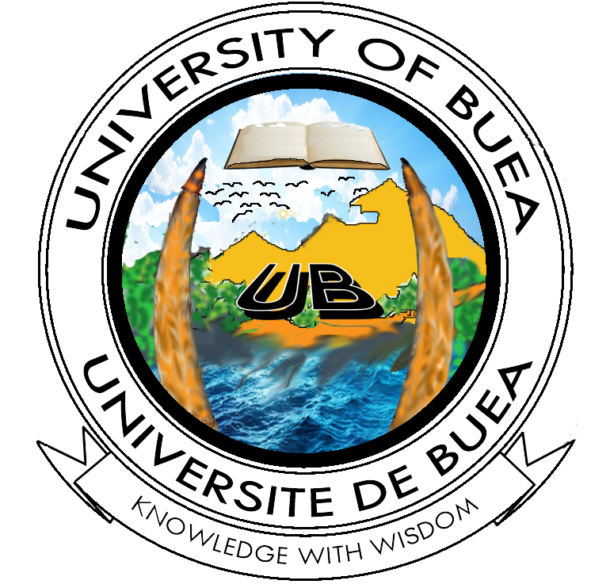| ZOO616: Pharmacodynamics and pharmacokinetics | 6 credits (40-10-10) |
Objectives
To study the effect of drugs in humans. To understand their mode of action, mechanism of action and possible interactions between drugs. To study their route of administration, distribution, metabolism and excretion. To relate pharmacology with pharmacognosy/ethnopharmacology.
Contents
Pharmacodynamics: The basics of pharmacodynamics (definition, principles and difference with pharmacokinetics). Importance of dosage in pharmacology. Mechanism of action of drugs (Receptor-ligand interaction and importance of the stereoisomerism, modes and consequences of reaction between ligand and receptor). Classification of receptors. Quantitative evaluation of the response to activation by an agonist (efficacy, maximal effect, potency). Factors that modify drug activity (from the individual subject, from drugs or from the external environment). Interaction between drugs (synergy, antagonism, potentialisation). Interference between drugs and neuromediators; interference between drugs and hormones. Some cases of reported pharmacognosy/ethnopharmacology evidences (specially african medicinal plants)
Pharmacokinetics: The basics of pharmacokinetics (definition, principles and difference with pharmacodynamics). Absorption ; distribution ; metabolism (catalysers of biotransformation of drugs, types of chemical reactions involved, factors that can modify biotransformation of drugs, importance of the biotransformation of drugs) and excretion of drugs. Toxicity and therapeutic index.


